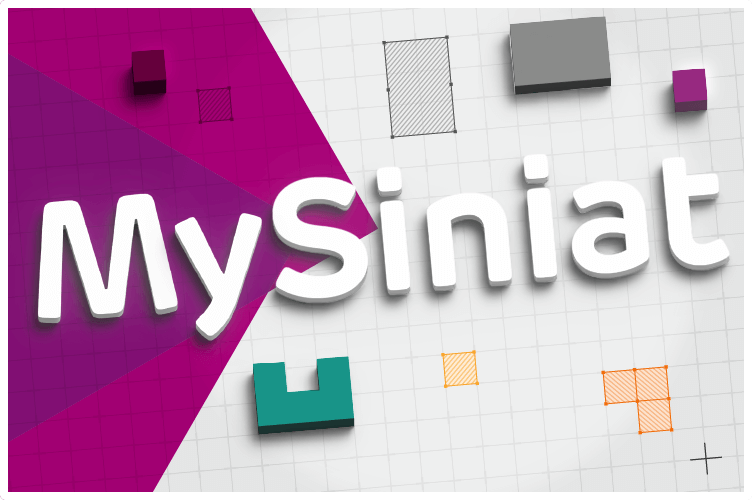
Change has come to the built environment. Major change in safety. In construction standards. In performance of both the building itself and the materials it is made of.
In a nutshell: both must be demonstrably fit for purpose. And those involved in the design must be demonstrably competent.
The key word here is ‘demonstrably’. Competency is a known entity amongst professionals. We ourselves see it every day. But to a third party?
How can we prove it? How can we demonstrate a chain of competence throughout every step of the building process? Enter: the golden thread.
Ensuring that buildings meet stringent safety standards and perform efficiently is a complex task. Meticulous attention to detail and comprehensive documentation are required. This is where the concept of the "Golden Thread" comes into its’ own: but what exactly is it, and – critically – why should you care about it?
A brief overview of the golden thread in construction
The "Golden Thread" refers to the maintenance of a continuous, unbroken chain of information, outlining the safety and performance detail of all building elements throughout a construction project. Government guidelines dictate it should be:
- kept digitally
- secure from unauthorised access
- available when someone needs the information
- presented in a way someone can use
- a building’s single source of truth
- accessible, by providing the information in a simple format that is easy to understand and written in plain English
- compliant with General Data Protection Regulation (GDPR)
This holds particular prevalence with fire safety, where there is a clear need and significant need for relevant data to readily available, clear, and consistent, from the design phase through to construction, occupation, and all the way beyond. Its purpose is to create a seamless flow of information – a single source of truth, supporting transparency and accountability, and helping to nurture risk management.
The background: why the golden thread?
The principle of the golden thread was brought about as a result to significant changes to building safety regulations. Following devastating incidents – famously, the Grenfell tower fire – a clear need arose for improved fire safety and building regulations. The Hackitt review and subsequent report clearly outline the need for a robust and transparent information framework for measuring and ensuring building safety.
Benefits of the golden thread
Safety and compliance – above all, the golden thread seeks to ensure that all information related to safety is duly documented and easily accessed, in order to help all those working within the building chain comply with necessary regulations, and, ultimately, reduce risks. Maintaining diligence and meticulousness reduces the chances for oversights to be made and hopes to minimise the possibility of dangerous situations.
Accountability - a clear, consistent chain of information provides a clear split of responsibility for everyone who plays a role in the construction process. The golden thread encourages transparency in all forms – each stakeholder is aware of their contributions and their obligations.
Risk management and mitigation - maintaining accurate performance data means that potential risks can be better identified and are more likely to be mitigated effectively.
Streamlined regulatory process – governing authorities can more easily verify compliance and assess safety standards when all relevant information is well-organised and accessible. Streamlining storage and filing can help to expedite approvals and inspections.
Maintenance and operation – building information is beneficial not just during construction but throughout the building’s lifecycle. Building operators and teams handling maintenance can retrospectively refer to the documentation to get a thorough overview of the building’s safety features and performance history.
Best practise for maintain the golden thread
Maintaining the golden thread requires a systematic approach and commitment to thorough documentation.
Centralise documentation: safety and performance information should be kept and locked in a digital repository. Data is then centrally accessible to project stakeholders and can be updated in real time.
Format consistently: present information in a consistent and standardised format to ensure it’s easy to understand and reduce the risk of misinterpretation. Use standardised templates and formats to build consistency.
Update and audit: information within the golden thread should be regularly updated to reflect any changes as they happen. Periodic audits can help to ensure that the data remains accurate and up-to-date, maintaining reliability over time.
In conclusion
Train comprehensively: all stakeholders involved in the construction project should be trained on the importance of the golden thread and how to maintain it. As a baseline, they should all understand how to document information accurately and the significance of keeping data current. Training, such as CPDs, can be helpful, but should be from accredited and trusted sources.
Collaborate: Maintaining the golden thread requires collaboration between all involved parties. This includes, but is not limited to, manufactures, architects, engineers, contractors, sub-contractors, and regulatory bodies.
Effective communication is key - ensure that all relevant information is captured and shared appropriately.
The golden thread has a key in ensuring transparency and accountability in construction projects and in the industry as a whole, but we all have a role to play. As manufacturers, by supplying safety information in we can help industry professionals to begin building their own thread. Advancing safety and performance in the construction industry is vital and we’re keen to not only do our bit, but to provide support and the necessary tools to our customers when we hand over into the next stage of the construction lifecycle. Adhering to best practices and applying the necessary processes, helps to ensure that the chain of information remains intact, safeguarding both buildings and their occupants for years to come.
